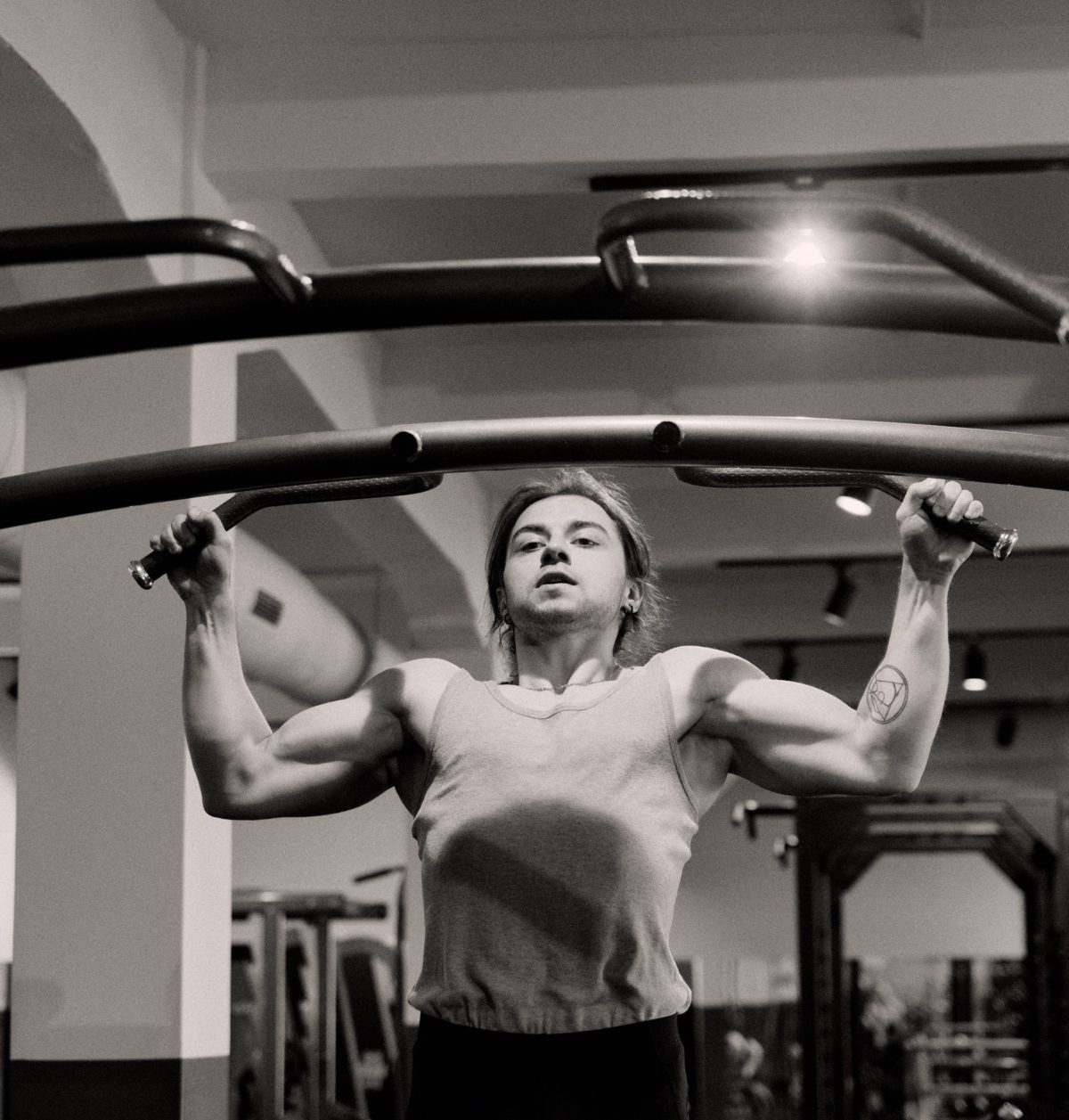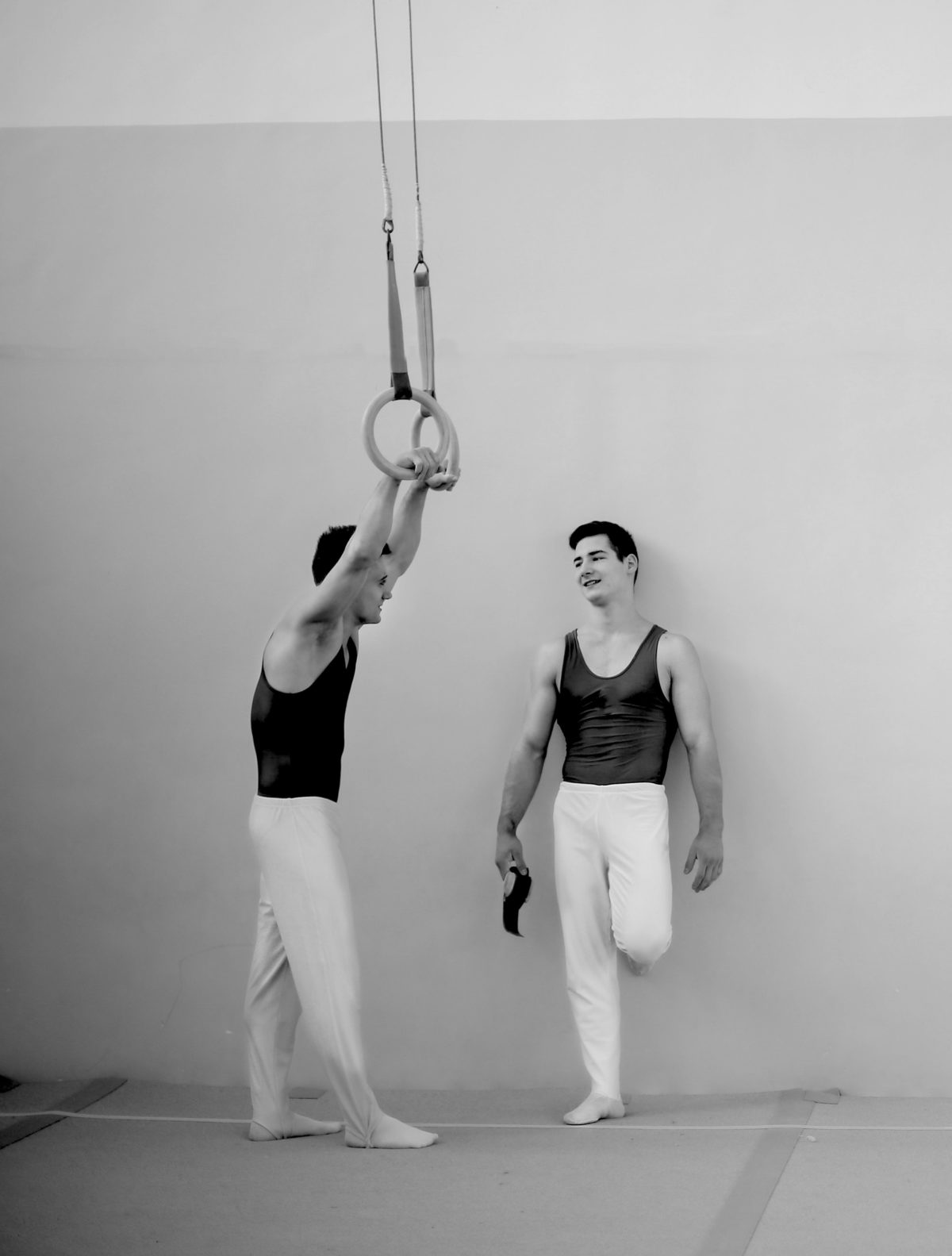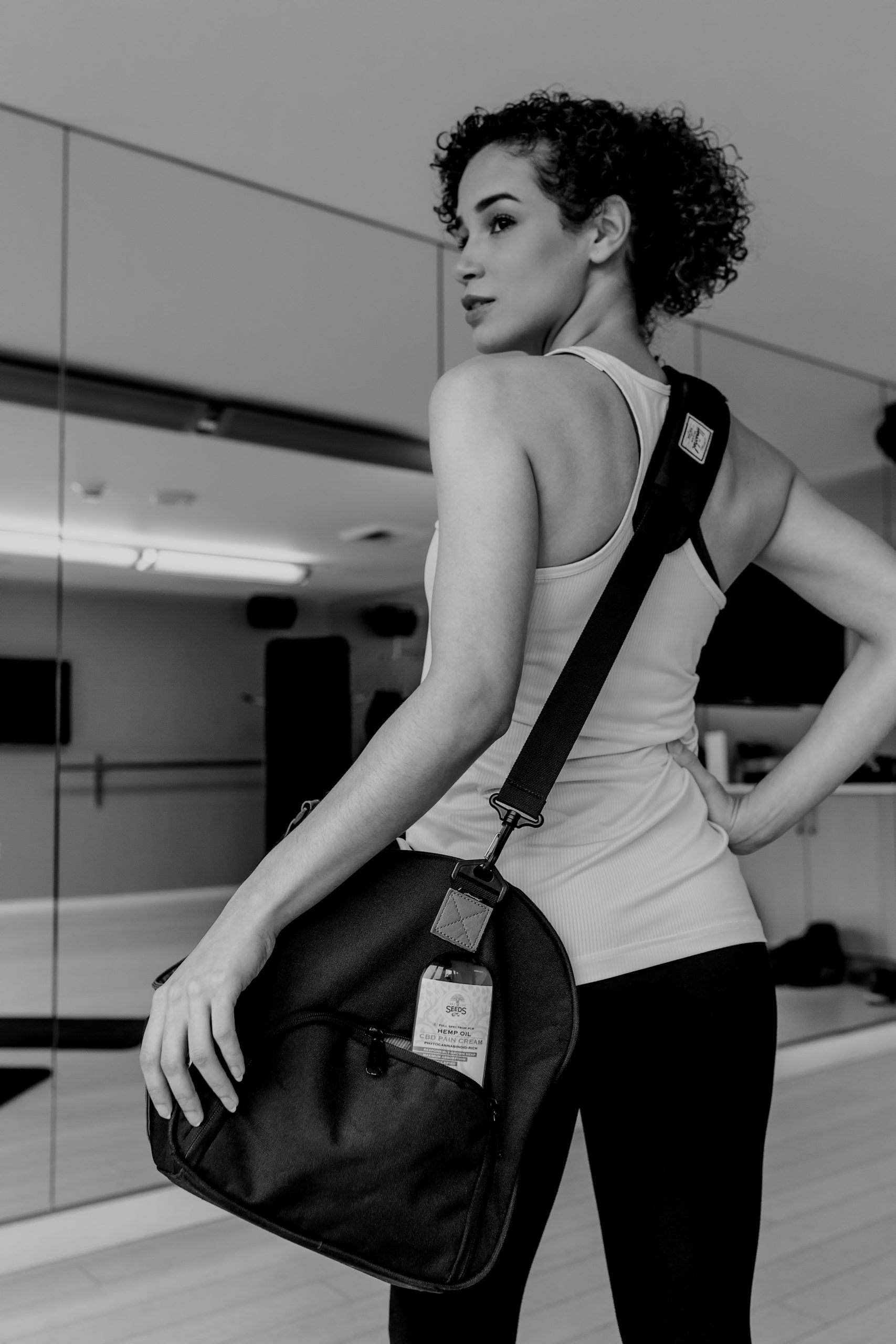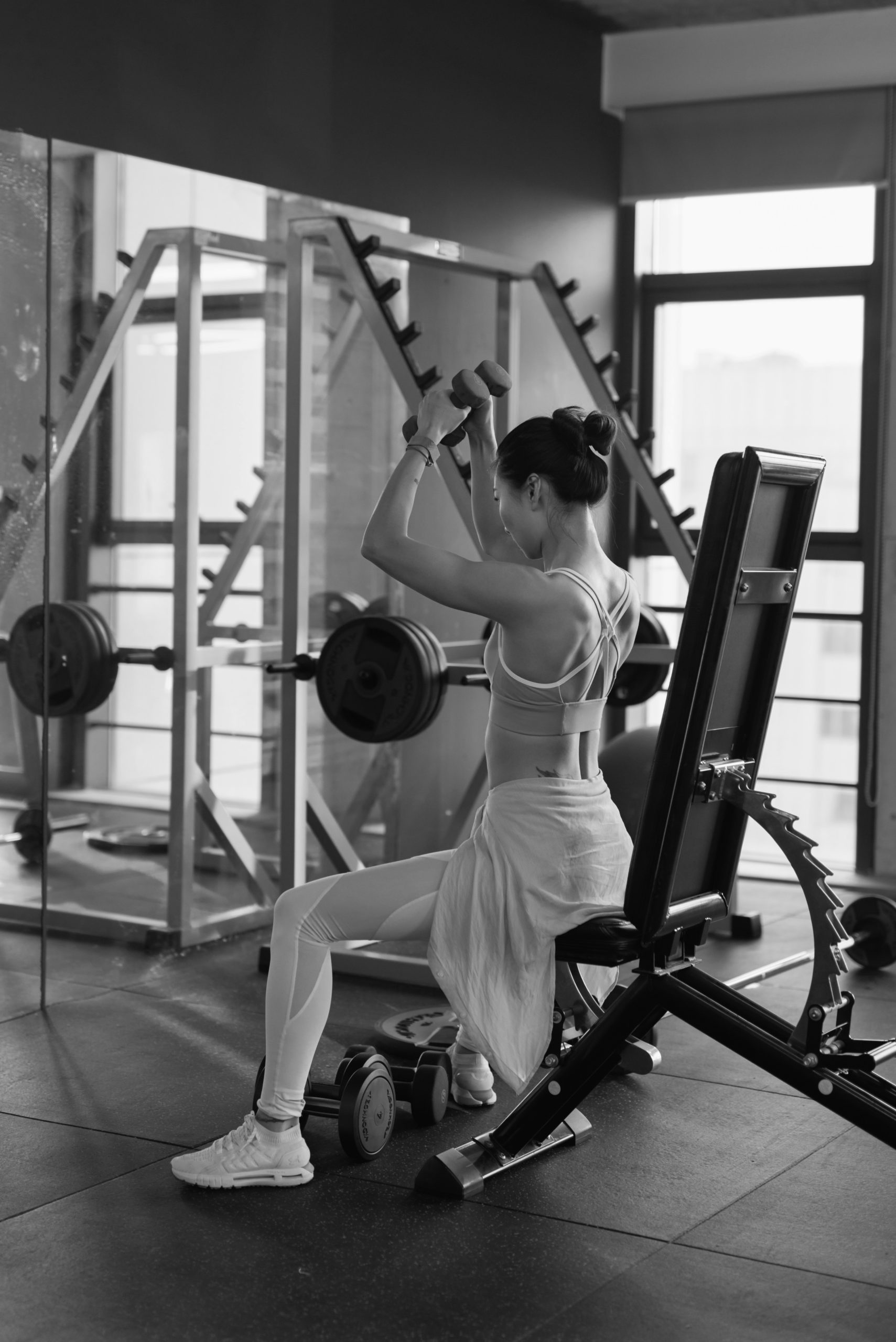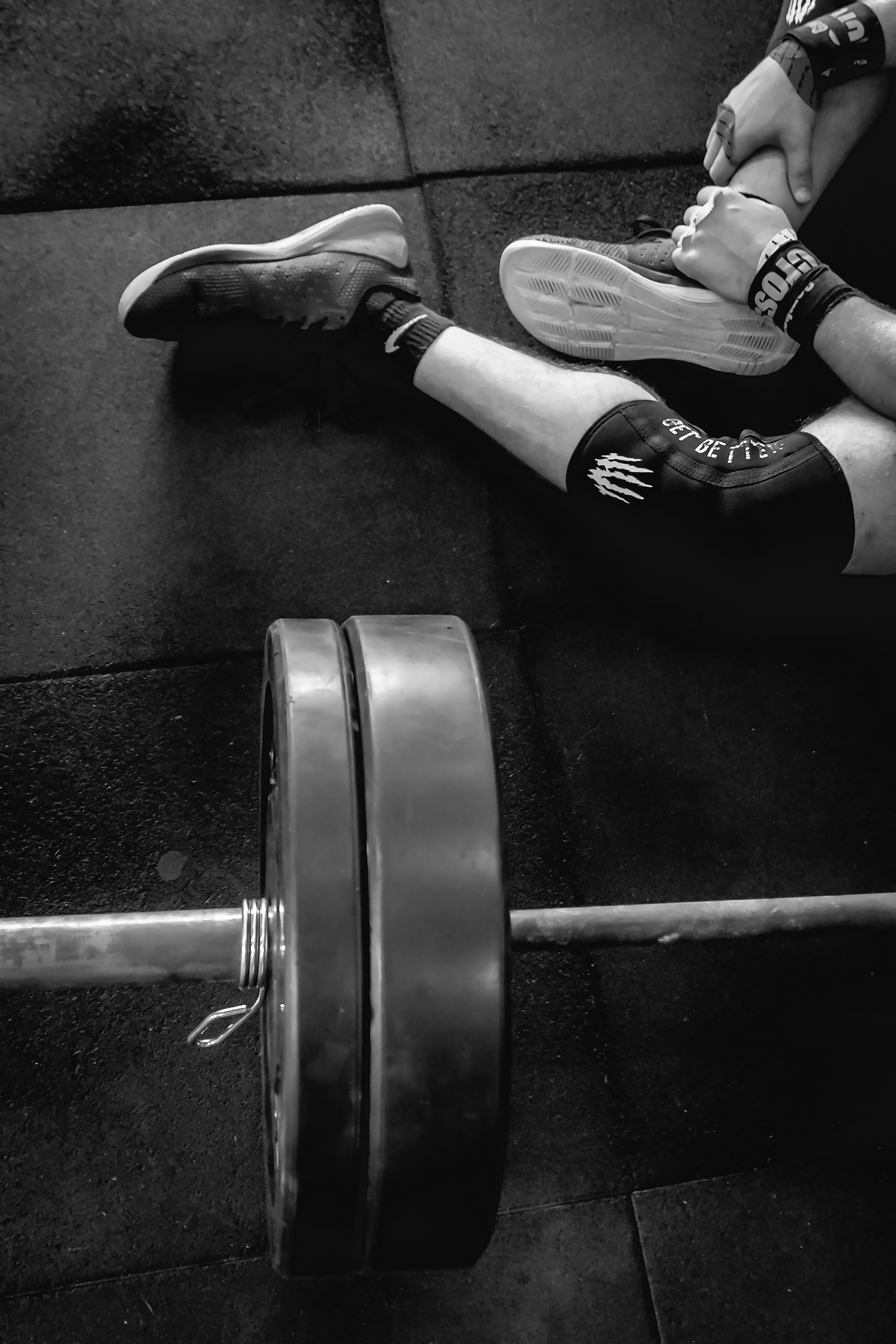If your child has shown an interest in tagging along to the gym sometime, you might be wondering if it’s a good idea. While weightlifting is great, it can be hard to know if weightlifting at a young age is going to be safe for your child. And doesn’t it stunt their growth?
Luckily, so long as you don’t have the kid power cleaning 50 kilos or anything in that realm, then you’re likely to cause far more good than harm. Here’s how to help your child safely kickstart their (hopefully lifelong!) gym career.
Weightlifting? Yes! Powerlifting? Maybe Not…
To be clear, when we endorse weightlifting at a young age, we’re talking about strength training. Bodybuilding and powerlifting are a no-go for kids. Trying to build big muscles can put a lot of physical (and mental) stress on a child. Their muscles, tendons and underdeveloped growth plates are at a high risk of injury when moving large amounts of weight.
If your child is interested in weightlifting, don’t worry about how much they’re lifting. Don’t put them on any progressive weight training program until they’re well into puberty. Instead, focus on using these formative years to help them develop great technique. Compound exercises are some of the most valuable to do. If your kid learns great deadlift, bench press and squat form, it will serve them well later in life.
What Are The Risks Of Weightlifting At A Young Age?
It’s a fairly common belief that weightlifting will stunt a child’s growth. However, this is a total myth. The rumor came from a Japanese study of child laborers in the 1970s who ended up below average height. However, it is now known that they ended up short due to malnutrition – not weightlifting. No studies have actually ever shown that weightlifting stunts growth.
Instead, most of the risks associated with weightlifting at a young age are to do with the kid trying to lift weight that their body isn’t strong enough to support. Such injuries can be serious. They include herniated disks, muscle strains, fractures, growth plate injuries, and cartilage damage.
Children’s bones and muscles don’t finish developing until the end of puberty. This makes them prone to sports-related injury. For this reason, it’s important to make sure your kid doesn’t overdo it in the gym. Stick to low weight and high rep workouts to avoid injury.
What Are The Benefits Of Weightlifting At A Young Age?
Weightlifting is a key part of a varied physical fitness program. Like many exercises, they’ll reap some great benefits from it. They’ll get stronger and gain better muscular endurance, which will help them perform in any sport they’re interested in.
If they start out with free weights early, they’ll develop great form and technique that will stay with them later in life. Weightlifting at a young age can help your child maintain a healthy weight, and develop strong bones and muscles.
Plus, weightlifting is really fun! For many kids, weightlifting will boost their confidence and get them interested in physical fitness, which is an awesome hobby to have!
How To Get A Kid Started With Weightlifting
When your child shows an interest, take them along to the gym with you sometime. If you’re confident in your technique, you can show them good form for activities like squats, deadlifts, bench presses or any other weightlifting exercises they want to try. If you’re less experienced with a movement, any of the gym staff will be happy to help teach your kid how to perform the lift safely and efficiently.
Most advice out there recommends avoiding any kind of strict regimen or routine. This is for a couple of reasons. Firstly, you don’t want your kid to put too much pressure on themselves and get stressed. Secondly, strict regimens get boring. People of any age find that to be true, not just kids. But, children in particular often get bored of things, so it’s best to mix things up.
Aim to let them play around and try out lots of activities and exercises that interest them. Hopefully it will spark a lifelong interest in fitness. A passion for physical health will help them live a healthy lifestyle for decades to come.

